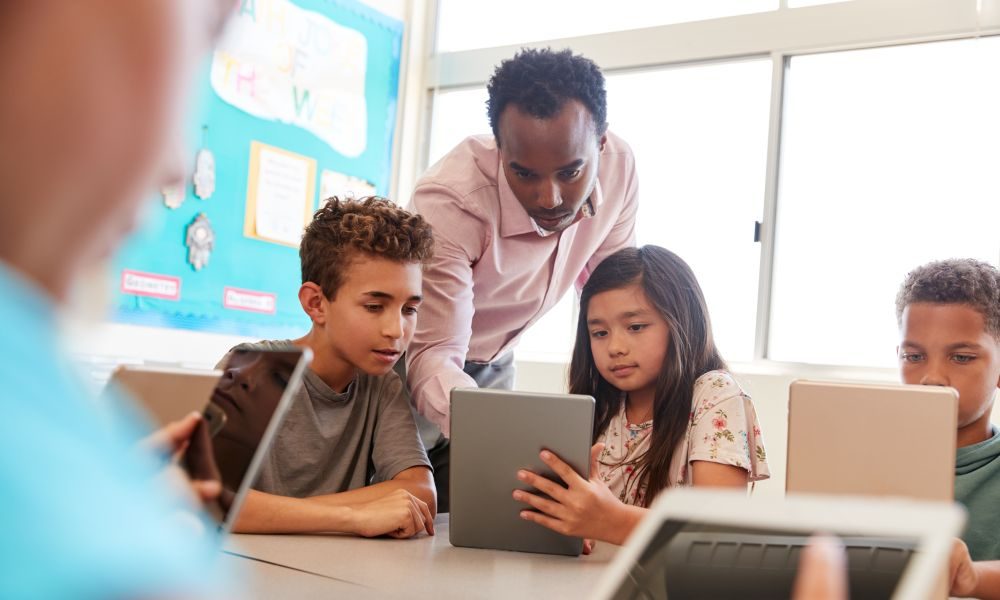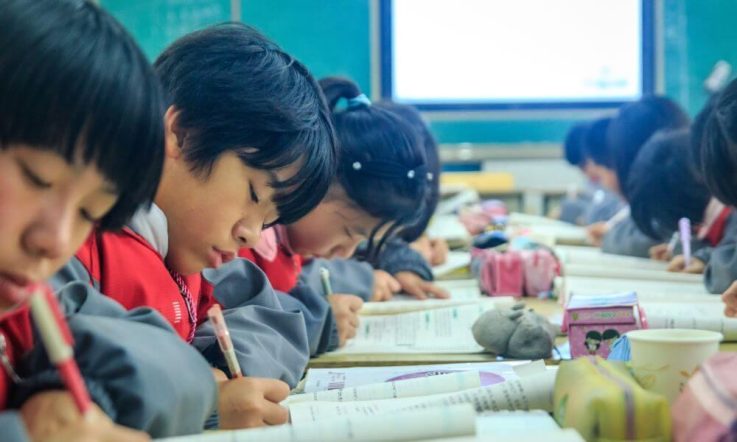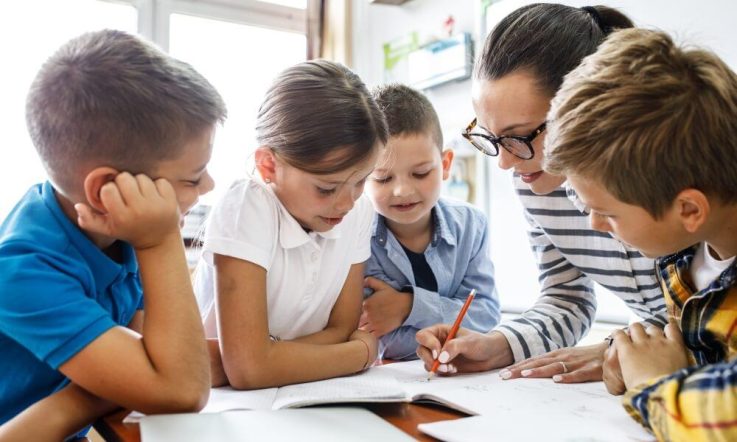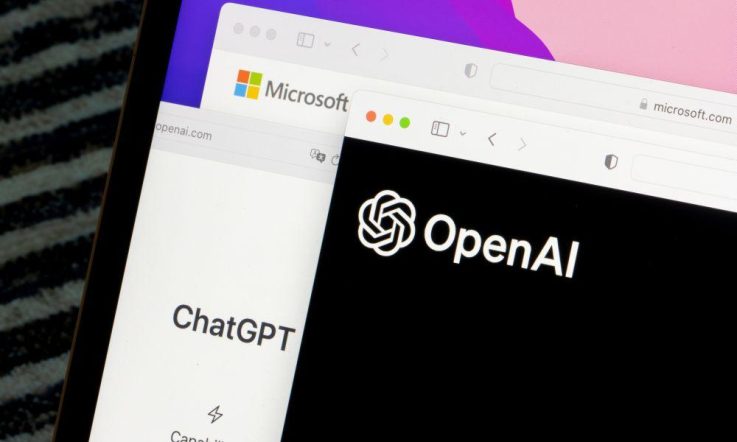Our latest edition of Teacher’s Bookshelf features Teaching Reading Comprehension in a Digital World: Evidence-Based Contributions Using PIRLS and Digital Texts. PIRLS (the Progress in International Reading Literacy Study) is a large-scale assessment that measures how effective countries are in teaching reading literacy. This open-access resource is a collaboration between the International Association for the Evaluation of Educational Achievement (IEA) and researchers Marian Bruggink, Nicole Swart, Annelies van der Lee and Eliane Segers from the Expertisecentrum Nederlands, Dutch Centre for Language Education.
The book shares scientific insights on digital reading and evidence-based guidelines for teachers, highlights the importance of digital inclusion in schools and uses an ePIRLS text to discuss the challenges students encounter in reading digital texts. There’s also a chapter on good teaching practices from 3 PIRLS countries for teaching reading comprehension with digital text, and this extract shares an example from Talbot Senior National School, Ireland.
Talbot Senior National School is a senior primary school located in the suburb of Clondalkin in West Dublin. The school provides education to local children between the ages of 9 and 12. Teacher Caitriona Wynne discusses teaching digital reading at Talbot Senior National School.
Digital reading at Talbot Senior National School
Our school is for children in senior primary, so they start at age 9 and finish around age 12. At all class levels, digital texts are used on a daily basis. Very often, digital texts are used on the large interactive panel a number of times per day (e.g., for mathematics, Irish, and English) and then for possibly one extra subject in the afternoon (e.g., for science, social personal and health education). Children get to study a digital text at least twice a week on an iPad and once or twice a week on a Chromebook. These are often digital texts in a sheltered environment without hyperlinks. For research topics such as science, geography, and history, hyperlinks are more common. The digital texts vary and are usually chosen to suit the learning outcome of the subject area. For example, in mathematics, it could be a digital text that incorporates videos and pictures; in science, it could be a text on magnetism or any other area. A type of assignment I might give my students using digital reading could be a mathematics problem-solving activity, a history investigation of a particular event, or a geography research project on a particular place. Digital reading is always integrated into other subjects rather than taught as a separate lesson, but some children who have difficulties with reading use special apps to help them to read better.
Lessons about source reliability and vocabulary
At our school, we do lessons on the critical selection of sources and checking for reliability. Students are taught to investigate sources. Students are asked to check whether the source is up to date? What is its intent? Whether the source is from a genuine authority on the subject? We train students to think critically about advertisements and memes that they see on social media and ask themselves the question: Is what is said really credible or is it trying to deceive you? To teach vocabulary, we use a method called ‘Talktime’, which uses a PowerPoint which includes a digital representation of the word through, for example, a picture, sound, or rap song. The vocabulary taught throughout the year is selected by the teacher to represent the current needs of their students.
Differences in access, skills, and motivation
We respond to differences in access to digital media by providing access to an iPad and Chromebook to each individual child 4 times per week. Each child sees a digital representation of schoolwork on the large interactive panel throughout the day. We respond to differences in skills and motivation in the same way as we do to children’s differences in skills in any other aspect: through universal design for learning. We design each lesson so that it is accessible to all. We plan for students with additional needs beforehand, at the lesson plan stage, rather than as an afterthought. We endeavour that the content for each lesson will have a low threshold entry level and a high ceiling level for students who can use an extra challenge, so that all learners are catered for.
School advice: Use a guided setting, motivate students, and combine digital tasks with oral language
Although we would appreciate more guidance in the area of digital reading, we also have some advice for other teachers, based on our experience. First of all, increase the access to digital reading in a guided setting to improve digital reading. Also, teach with enthusiasm to create motivation among students. Finally, design lessons so that children will have a chance to share their opinion and voice. Our students create their own digital presentations and then go on to present these at school or at the class level.
Lesson example: Mathematics problem solving task through digital representation of information
This is an example of a mathematics lesson on measurement, using a website that promotes a conceptual understanding of mathematics. The vocabulary of measurement was pre-taught during previous lessons. The task presents 3 different digital parts (act 1, 2, and 3) on a large interactive panel. The teacher presents Act 1 – a short video – and then shows the students these 4 questions:
- What did you notice?
- What did you wonder?
- Estimate how far he threw the disc.
- Give an estimate that is too high and an estimate that is too low.
At this point, children discuss their ideas in pairs. The teacher checks that everyone has been able to read the questions and takes responses. The children note their thoughts on an accompanying worksheet. Act 2 is a digital text that gives more clues in written format and poses a problem question to be solved. This digital text is revealed by the teacher to the whole class step-by-step. Students read these texts in pairs or together with the teacher. After reading the text, the teacher then directs students to paired discussions on the problem question and asks them to write out their ideas/efforts to solve the problem. Act 3 is another video that shows how the problem works out. This type of lesson works very well, engagement is maintained through the 3 distinct acts, and the topic of digital representation of information through words and videos is very motivational for students. Organised pairwork between the 3 acts helps all students to engage, share ideas, and support each other.
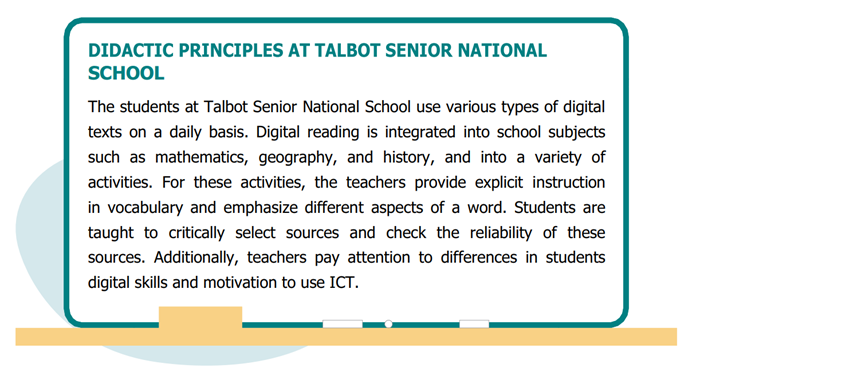
Teaching Reading Comprehension in a Digital World: Evidence-Based Contributions Using PIRLS and Digital Texts, published by Springer, is the second volume of the IEA Research for Educators series and is available to access for free at the link.
